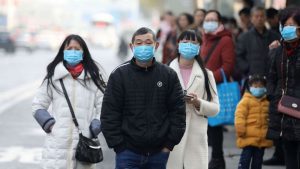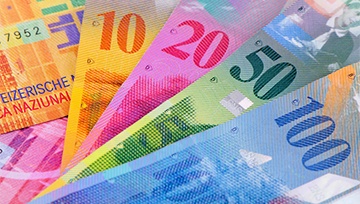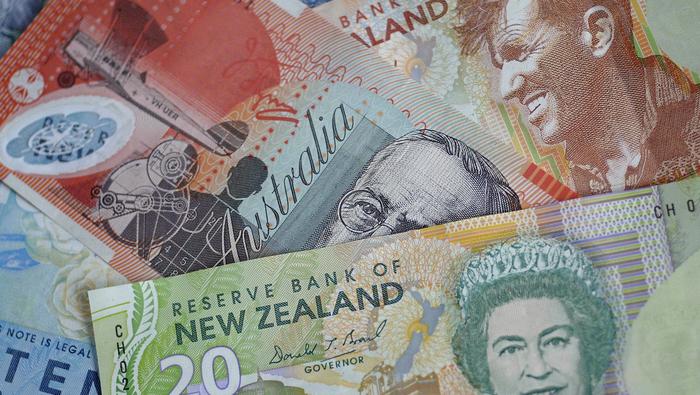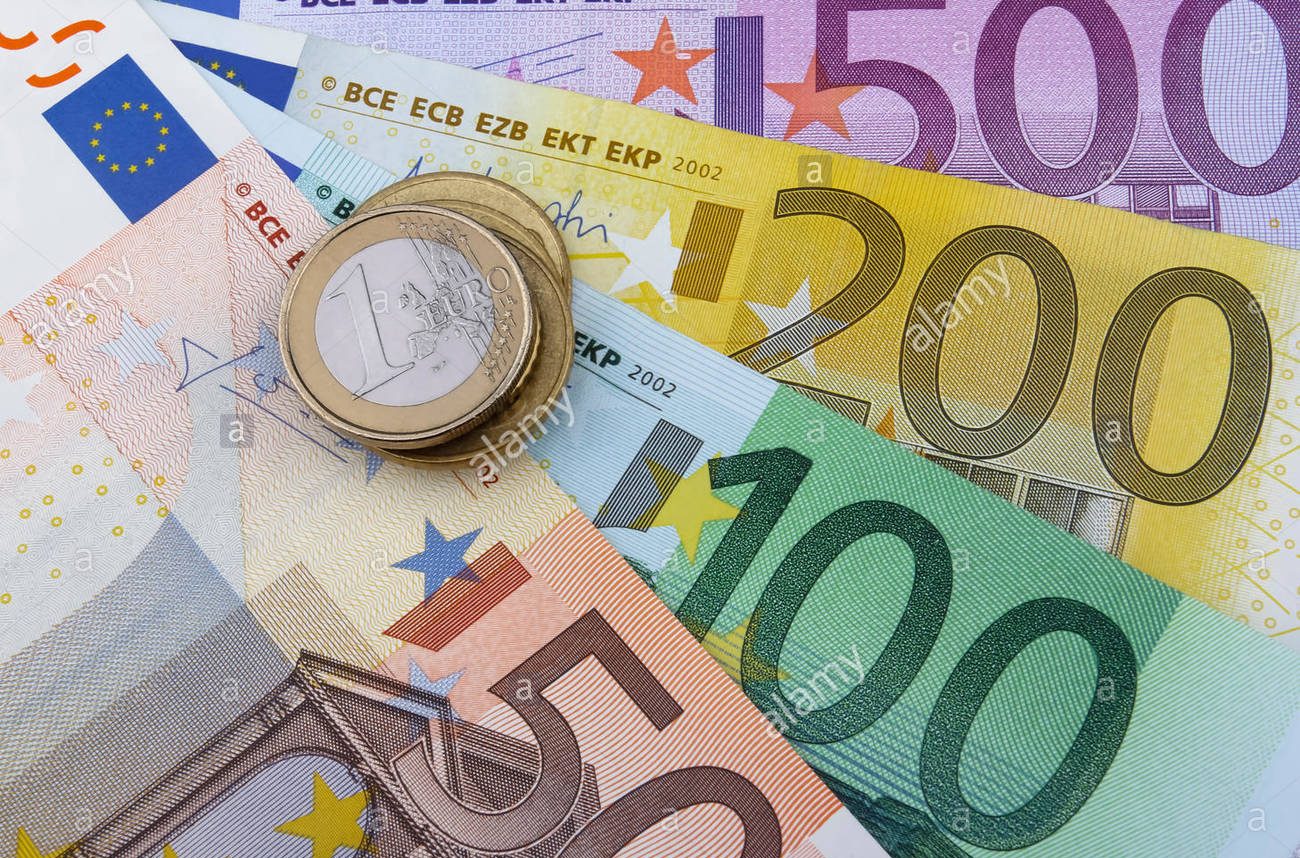
The first wave of the COVID-19 was the geographical contagion from Asia to the rest of the world and the market panic due to the expected high economic cost of the virus.
The second wave is just starting. Supply chain disruptions are being felt at the global level, especially for foreign companies that are dependent on Chinese SMEs. In the latest US ISM survey that was released yesterday, respondents pointed out difficulties in getting parts and materials due to disruptions in their supply chains. The supply shock is visible now, and it affects a wide range of industries, from electronics to food, beverage, and tobacco, and will result in significant delays in production at least for some weeks.
The third wave is the risk of credit market squeeze due to a tightening in financial conditions that would primarily hit SMEs. The combination of the lack of available credit and broken supply chains is putting increasing pressure on the private sector. At this stage, it is very difficult to estimate the risk of defaults and the related potential economic cost. But, given central bank reactions, it is bright clear that policymakers want to avoid that the current market tensions develop into a liquidity crisis. Most observers estimate that financial difficulty for SMEs could arise three months after the COVID-19 outbreak if conditions fail to normalize. A race against the clock is engaged because we are already two months into this crisis.
Over the past few weeks, almost all the major economies have experienced a tightening in financial conditions or at least serious risks that it materializes.
In the United States, the Bloomberg Financial Conditions Index is back to levels last seen in December 2018, when the stock and the credit markets faced a sharp slump forcing the Federal Reserve to change the course of monetary policy (the so-called “Powell Pivot). To address current tensions, we expect the Fed to cut rates in March (and it could be as early as this week, given market expectations), which should compel other G-7 central banks to follow through in a “coordinated fashion”. The Federal Reserve might have to step-in in June again if the economy is not back on the right track.
In the euro area, the ECB is discussing targeted measures to provide emergency support for European SMEs. A rate cut, which is considered as a done-deal by the market (the likelihood of a 10 basis point cut stands at 100% in April), seems to be out of the table for the moment. ECB watchers have pointed out that a targeted credit facility supporting SMEs is nothing new.
There is actually a precedent: in 2011, the ECB launched the additional credit claims (ACC) framework, which allows Eurosystem national central banks to accept as collateral certain credit claims that are not compliant with the ECB’s credit quality standards. The specificity of this measure is that losses resulting from the ACC are not mutualised, but are borne solely by the national central bank accepting it. This special operation might be officially announced at the forthcoming ECB meeting, on 12 March.
In China, the risk of corporate default is obviously higher due to the sharp negative impact of the COVID-19 and the quarantine on economic activity. Only one-third of SMEs, which represents roughly 60% of China’s GDP, is back to work. Companies operating in China need to deal with many challenges, including labour shortage, transport disruptions and a high level of maturing debt.
According to Bloomberg, China’s private sector faces $944 billion of debt maturities onshore and $90 billion offshore this year. Before the outbreak, the level of private debt was already a worry mentioned by many investors. Based on the latest data, China’s corporate debt is close to its highest level at 150% of GDP, with a private sector debt service ratio near-record high at 19.3%.
The PBoC interventions have managed to reduce pressure on refinancing cost, pushing down the corporate bond yield, but the risk of liquidity squeeze remains. That being said, the number of official corporate defaults should be limited in China as the government has encouraged local financial institutions to write off bad loans in order to reduce the NPL ratio. Thus, it should be difficult to assess the exact impact of the third-wave of COVID-19 in the country.
Best regards.














